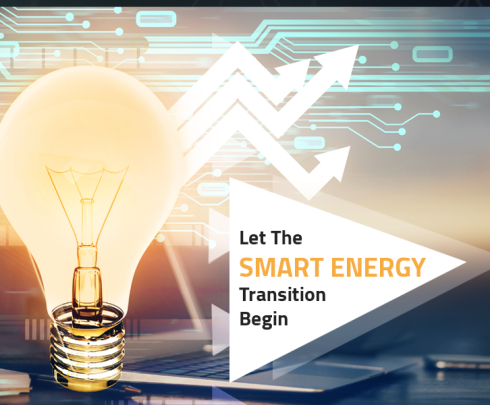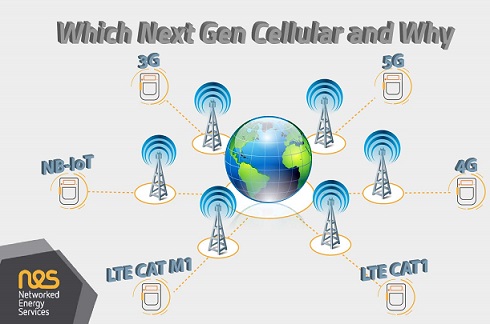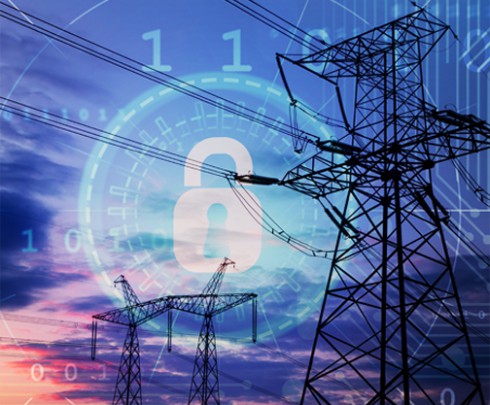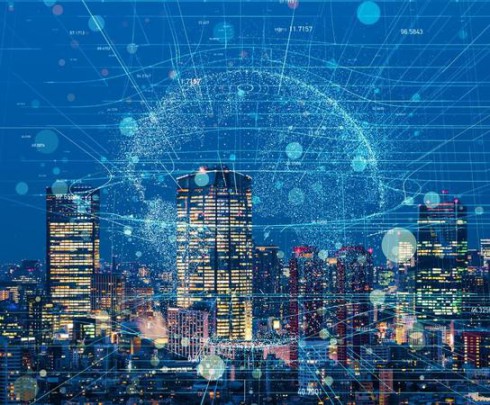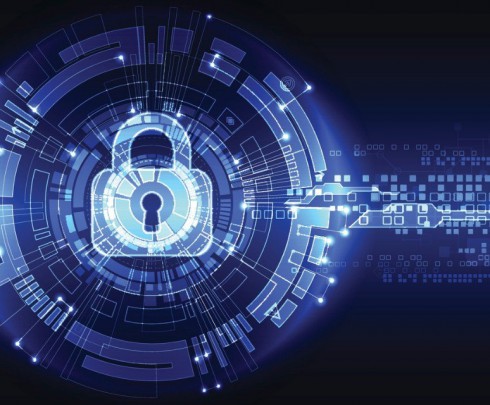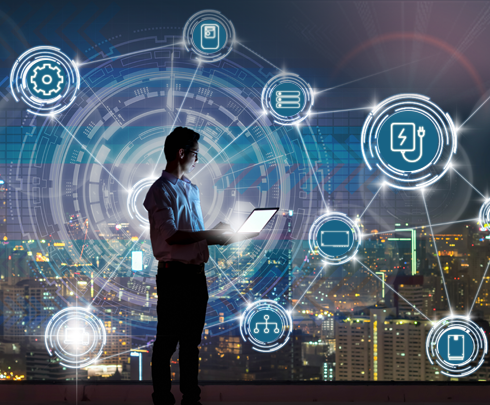
“NES, a next generation AMI solution provider for India’s Smart Grid Market”
Mar 23, 2022
Sunil Mittal
Director Business Development
India, NES
India is an emerging and one of the largest markets for AMI & Smart Grid Solutions in the World.
NES, a global smart grid company, recently announced it was entering the Indian Market with its proven end-to-end AMI solution.
To learn more about NES Readiness for India, Sunil Mittal, Director Business Development (India), NES, was interviewed, and his responses and views are summarised below.
Q.1: Tell us about NES and its industry presence
Networked Energy Services (NES) is a US based Smart Grid Company with more than 25 years of experience in the AMI field, serving in more than 25 countries & has deployed more than 100 smart grid projects. NES technology has been deployed on more than 40 million metering nodes worldwide.
NES is a global smart energy leader in the worldwide transformation of the electricity grid into an energy control network, enabling utilities to connect to their customers more efficiently and productively.
NES helps utilities reduce their operating costs, conserve energy, and protect, detect, and respond to current and future cyber security threats in an efficient and timely manner. We have our global R&D center in US San Jose and secondly in Poland, Europe.
Q.2: What products does NES have for the Utility Market?
NES has end-to-end Advanced Metering Infrastructure (AMI) for the Utility Market, comprising the Smart Meters, which can work as Intelligent Devices in Utility Network, Distributed Control Nodes (Data Concentrator Units), Head End System Software, Grid Analytics Software, Grid Security Software (Grid Watch), Advanced Energy Transition Grid Analytics for managing the PV, EV, Storage and Grid Observability.
Our major strength is our R&D proficiency, which is always coming up with new products to meet upcoming market demand. E.g., our Head End System is capable to configure about 90% of smart metering parameters from the back end, which is more than market requirements in any country.
Our products have been working successfully for years in many developed and developing countries, although both have somewhat different systems requirements.
Q.3: What are NES plans for Indian Market?
India is third largest country in the world in terms of Energy Consumption after China and US. India is going through a major reforms cycle in Power Utility domain, by planning to adopt grid modernization on large scale, which is being pushed by the central government to improve the operational efficiency of the state-owned power distribution utilities.
The primary driver for these reforms is bringing improvement in operational and financial performance of discoms, but energy transition is also a key driver that requires a major digitalization in the utility networks.
Hence it is a dual advantage for the Utility if they invest in the Grid Modernization, and especially in the Low Voltage Network since most of the changes are happening at that network.
India has a consumer base of around 275 million, and as of now, only 1%-2% of the consumers are equipped with smart metering. This creates an opportunity to provide the NES technology benefits to discoms and millions of consumers, which excites us to invest in this market for the long term.
We have planned to bring our localized solution for India in 2022 and are open for any collaboration in the Indian Market for Joint Collaboration with Utilities, System Integrators, Metering Companies or Technology Companies.
On the local presence, we have already started strengthening our team in India, and we are working to commence our localised R&D Center in India.
Q.4: NES has extensive experience on PLC technology, while the India Utility Market is primarily working on RF & Cellular technology. What are your thoughts on this?
Yes, you are correct that NES is a world leader on PLC technology and has significant, successful experience with that technology, but we are also ready with a P2P (Point-to-Point) technology based on LTE-M (or NB-IoT) communication.
That is part of our technology roadmap, and now we are ready to launch it globally.
As we observed for India, the most critical challenge for AMI is robust communication media, which is still under observation after 3-4 years and no single
solution will be able to cater to Indian environments, which are different in each state.
Coming back to your question of PLC technology in India, we believe that PLC technology should be first choice for Utilities to adopt for their AMI solutions, as it has multiple advantages over other communications.
Europe and China AMI markets are predominantly on PLC communication with market share of above 75% & 95% respectively.
Two largest utilities of the world with consumer base of more than 30 million had implemented PLC and one of them i.e. ENEL (ITALY) was on NES technologies.
PLC uses the power lines that run between the Discom’s low-voltage distribution transformer and the customers’ meters. By embedding PLC into the distribution line, it enables solutions to obtain a level of grid intelligence that cannot be matched by any wireless solution.
For example, our PLC solution offers advanced network management features.
This includes automated topology detection and management with true phase identification which in turn allows to realize advanced use-cases like network fault detection or building accurate power flow models - while at the same time offering lowest operational costs.
There are certain myths in the Indian market about PLC technology, even though not many pilots have been done in India on this. However, it is encouraging that Indian Smart Metering Standards are kept open for all type of communication technologies. We are hopeful that soon, Indian Discoms will also test and adopt PLC technology in a large way.
As per our initial discussions with a few major utilities in India, we are getting very encouraging feedback and response for adopting PLC communication.
Q.5: What are your thoughts on the importance of Cyber Security for Smart grid Solutions?
Globally, with the digitalization of utility networks, Cyber Security is of critical importance. There have been instances worldwide, where cyber criminals have taken the control of full / part of the utility network and disrupted the utility service, which impacts the daily life of millions / billions of people.
Hence, Utilities need to adopt a Cyber Security system which can predict and detect the cyber threats in the AMI network.
NES in its Smart Grid Solutions, also has a Grid Security solution, which is in high demand by many utilities. Considering the needs of Indian Utilities, we are in discussion with Indian Utilities to also adopt the same solution.
Q.6: What are your thoughts for using the Smart Metering Solution investment for EV, PV and Storage management in the Low Voltage Grid?
In next 2-3 years, AMI will work as a nervous system for the Utilities, and managing LV Network without this will become impossible.
It is important to understand that AMI System advantages are not limited to Billing and Collection Efficiency Improvement, but beyond this, functionality such as planning and monitoring the investment in LV Network, EV, PV and Energy Storage systems in the Low Voltage Grid Network.
These additional components are rapidly growing for each utility around the world including India, and for these, effective utilization of AMI data with an AI/ML based Analytics system is the critical.
Unfortunately, as we have seen in the recent tenders in India there is not much focus on considering this benefit for AMI Technology. Since Indian Utilities are currently considering procuring AMI systems for next 10 years, now is the right time to keep in mind this use of AMI for an effective Energy Transition.
As per our global market experience, NES has co-developed an AI / ML / Digital Twin based analytical solution to support Utilities for his Energy Transition.
This solution can help utilities with network rebalancing, monitoring of SAIDI, SAIFI, identifying PV deployments, implementing Demand-Response, anticipating load increases due to EV, etc.
Q.7: Other than AMI Products, what other business are you planning for the Indian Market?
It is very premature to put our focus beyond the AMI Domain for Indian Market at this stage, since for the next 2-3 years, we want to put all our resources in developing the best quality AMI products with our local partners.
As result of our proven global markets experience in AMI and Smart Grid field, we are open to leveraging our technical strength through AMI System Integration services, project management and technical services for India.




